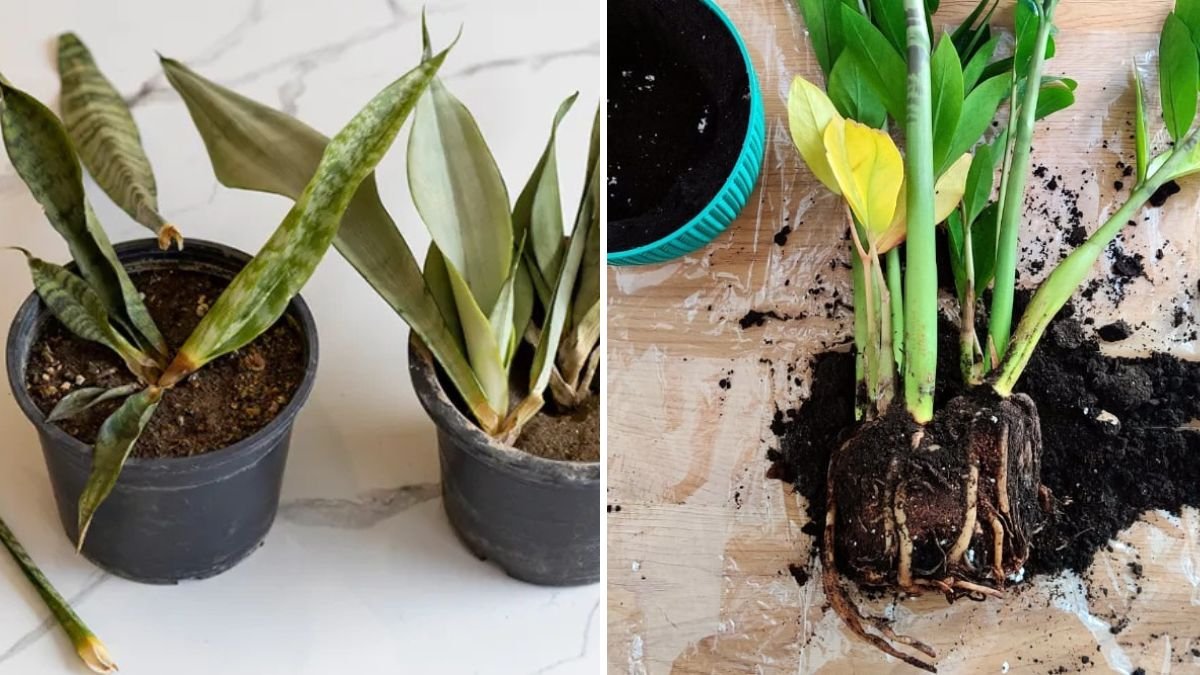Root rot is one of the most common and destructive problems faced by indoor and container gardeners. While it can affect a wide range of plants—from tropical houseplants to vegetable seedlings—the good news is that root rot is largely preventable with proper care and awareness. Understanding the causes, symptoms, and preventive measures can save your plants from irreversible damage and promote healthy, thriving growth.
This guide explores what causes root rot, how to identify it early, and the best practices to prevent it in potted plants.
Understanding Root Rot
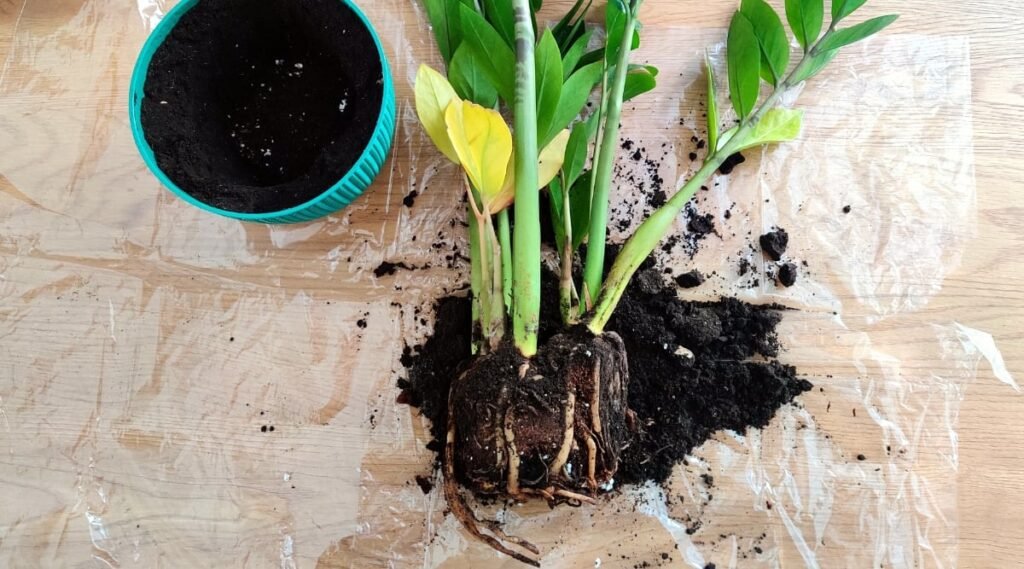
Root rot is a condition caused by fungal or bacterial pathogens in the soil that attack plant roots, often triggered by excessive moisture or poor drainage. The most common culprits include species of Pythium, Phytophthora, Rhizoctonia, and Fusarium. These microorganisms thrive in waterlogged or poorly aerated soil, feeding on the roots and causing decay.
Why It’s Dangerous
- Roots are responsible for water and nutrient absorption. When they rot, plants cannot uptake the essentials they need.
- Early symptoms may be subtle, making it easy for gardeners to overlook until the plant is severely weakened.
- If left untreated, root rot can kill the plant entirely, especially in container-grown specimens.
Signs of Root Rot
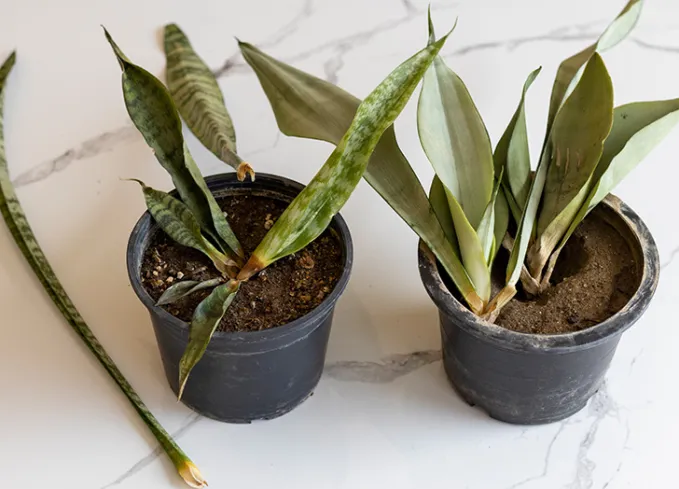
Identifying root rot early is key to saving your plants. Common symptoms include:
- Wilting or Drooping: Plants appear wilted despite adequate watering.
- Yellowing Leaves: Nutrient deficiency signs occur because roots are unable to transport nutrients.
- Mushy or Black Roots: Healthy roots are firm and white; rotting roots are brown, black, or slimy.
- Foul Odor: Decomposing roots emit a sour, rotten smell.
- Slow Growth or Leaf Drop: Stunted growth and excessive leaf drop indicate compromised root systems.
Recognizing these signs early allows gardeners to intervene before the damage becomes irreversible.
Mistakes That Lead to Root Rot
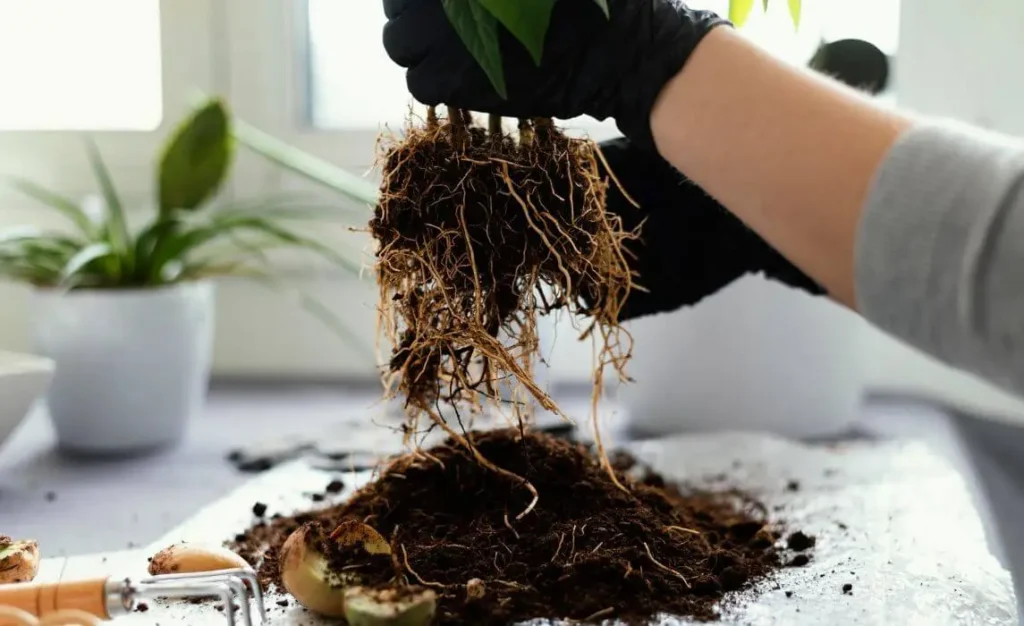
Several common practices make potted plants susceptible to root rot:
- Overwatering: Constantly wet soil deprives roots of oxygen, creating ideal conditions for pathogens.
- Poor Drainage: Containers without drainage holes trap water at the bottom, suffocating roots.
- Using Heavy or Compacted Soil: Dense soils retain water excessively and reduce airflow around roots.
- Ignoring Seasonal Needs: Watering needs vary with seasons; overwatering in winter can be particularly harmful.
- Reusing Infected Soil: Pathogens can persist in soil, contaminating new plants if not sterilized.
Avoiding these mistakes is essential to maintain healthy root systems and thriving plants.
Choosing the Right Pot and Soil
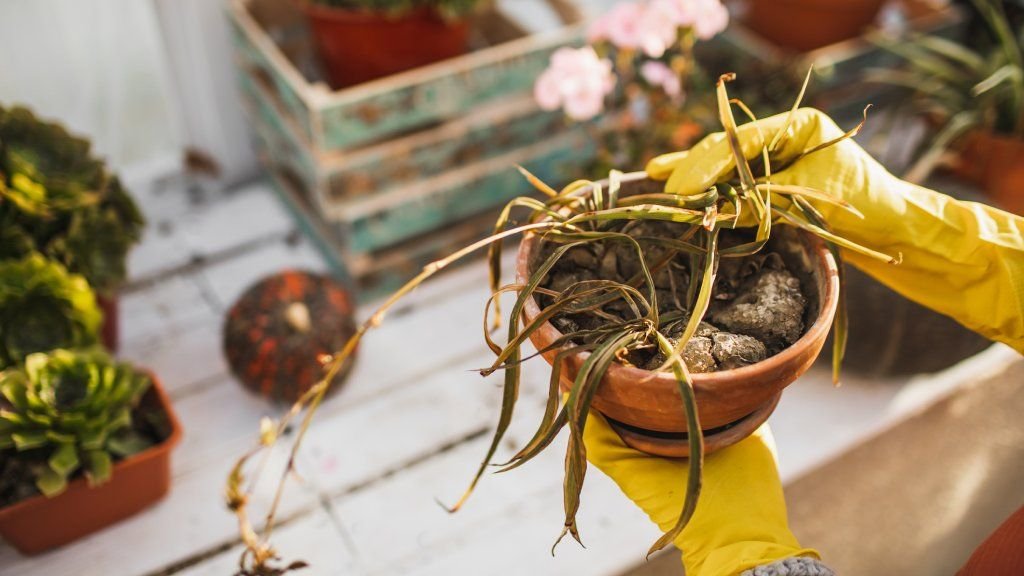
Preventing root rot starts with the right growing environment.
Container Selection
- Drainage Holes: Always use pots with adequate drainage holes to allow excess water to escape.
- Size Matters: Avoid oversized pots for small plants. Excess soil holds water, increasing the risk of rot.
- Material Choice: Terracotta pots are porous and allow soil to dry faster, while plastic retains moisture longer. Choose based on your plant’s watering needs.
Soil Selection
- Well-Draining Mix: Use potting mixes designed for container plants rather than garden soil.
- Add Aeration: Incorporate perlite, pumice, or coarse sand to improve drainage and airflow.
- Avoid Heavy Organic Matter: While compost is beneficial, too much can retain water and worsen root rot risk.
A combination of proper container and soil choice forms the foundation for root rot prevention.
Watering Techniques to Prevent Root Rot
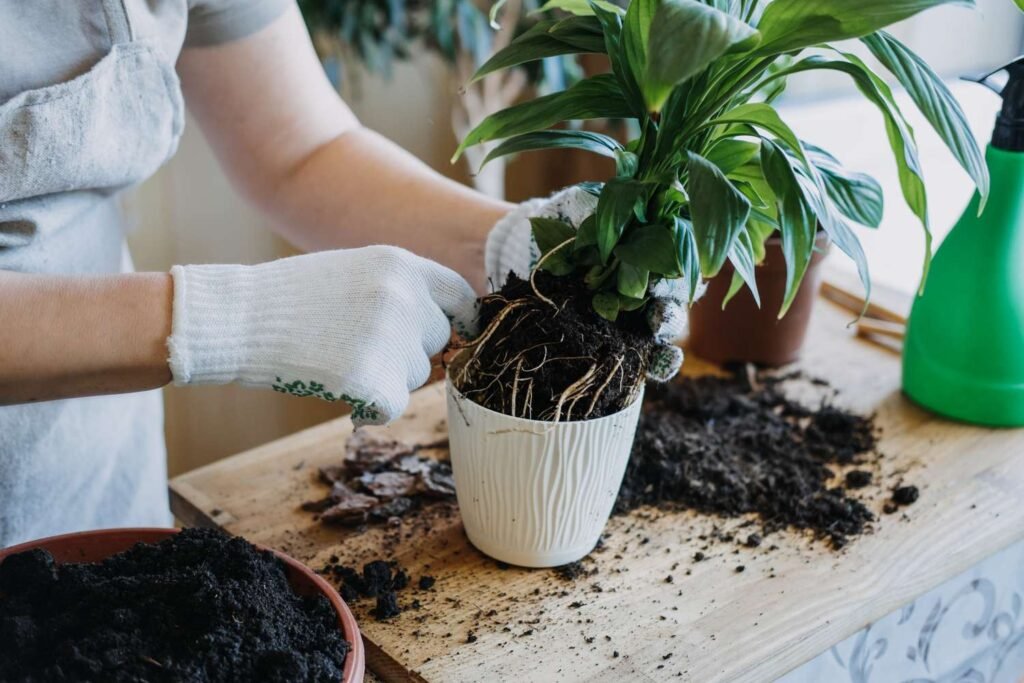
Proper watering is the single most important factor in avoiding root rot:
- Check Soil Moisture: Insert a finger about an inch deep. Water only when the topsoil feels dry.
- Bottom Watering: Allow water to soak from the bottom, letting roots take up moisture gradually.
- Avoid Standing Water: Never let pots sit in saucers of stagnant water for long periods.
- Adjust Frequency by Season: Plants require less water in winter due to slower growth and lower evaporation.
- Observe Plant Behavior: Wilting can be caused by both overwatering and underwatering; learn the difference for your specific plant species.
Consistent, careful watering ensures that roots receive enough moisture without drowning, reducing fungal growth.
Container Placement and Environmental Factors
Environmental conditions also influence root health:
- Light: Provide adequate indirect sunlight; lack of light slows water absorption and encourages damp, stagnant conditions.
- Air Circulation: Avoid crowded arrangements; good airflow dries the soil surface and discourages fungal pathogens.
- Temperature: Maintain suitable temperatures for your plant type; overly cold, damp conditions slow root activity and increase disease risk.
- Humidity: While some plants prefer high humidity, balance is key; excess moisture without airflow encourages rot.
By creating a balanced, well-ventilated environment, you help roots remain healthy and resilient.
Preventive Treatments and Maintenance
In addition to watering and soil management, certain preventive measures can reduce root rot risk:
- Sterilize Containers: Clean pots with diluted bleach or vinegar before reuse to kill lingering pathogens.
- Use Fungicidal Treatments: Organic options like neem oil or cinnamon powder can help prevent fungal growth in soil.
- Regular Repotting: Refresh soil every 1–2 years to remove old, compacted soil and reduce pathogen buildup.
- Root Inspections: Check roots periodically, especially when repotting, to catch early signs of decay.
- Avoid Contaminated Tools: Sanitize tools to prevent the spread of fungal or bacterial spores.
Routine care strengthens root systems and prevents diseases before they start.
Rescuing Plants at Early Stages of Root Rot
Even with preventive care, early intervention can save some plants:
- Remove the Plant from the Pot: Carefully take out the root ball to examine roots.
- Trim Affected Roots: Cut away black, mushy, or slimy roots with sterilized scissors.
- Rinse and Repot: Wash remaining healthy roots gently and repot in fresh, well-draining soil.
- Reduce Watering Temporarily: Allow soil to dry slightly before resuming regular watering.
- Monitor Recovery: Keep the plant in indirect sunlight and observe for new growth over the next few weeks.
Timely action can revive a plant before the damage becomes fatal.
Best Practices for Long-Term Prevention
To maintain healthy potted plants year-round:
- Water Moderately: Prioritize the plant’s actual moisture needs over a set schedule.
- Use Proper Soil Mixes: Light, well-draining media reduce the risk of waterlogged roots.
- Ensure Container Drainage: Never compromise on drainage holes or use oversized containers unnecessarily.
- Keep Tools and Pots Clean: Minimize the chance of introducing pathogens.
- Monitor Environmental Conditions: Adjust light, temperature, and airflow for optimal root health.
Consistency in these practices is the secret to preventing root rot effectively.
Conclusion
Root rot is a common but preventable problem in potted plants. By understanding the causes, early symptoms, and preventive measures, gardeners can safeguard their plants from this destructive condition. Key strategies include choosing the right containers and soil, watering carefully, ensuring proper drainage and airflow, maintaining clean equipment, and monitoring environmental factors.
Preventing root rot is not just about avoiding disease—it also ensures healthy, robust plants with strong roots, vigorous growth, and abundant foliage or flowers. By applying these techniques, both novice and experienced gardeners can cultivate thriving potted plants, turning container gardening into a rewarding and low-risk endeavor.
Healthy roots are the foundation of all plant life. With awareness, preventive care, and proper maintenance, root rot can be eliminated from your gardening vocabulary, allowing your potted plants to flourish season after season.
